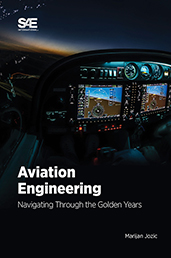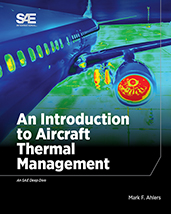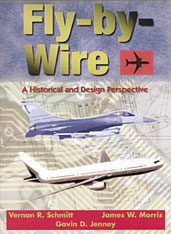Book

Fundamentals of Electric Aircraft, Revised Edition
2023-09-01
Fundamentals of Electric Aircraft, Revised Edition was developed to explain what the electric aircraft stands for by offering an objective view of what can be expected from the giant strides in innovative architectures and technologies enabling aircraft electrification. This edition features new illustrations and photographs throughout. Through tangible case studies, a deep insight is provided into this paradigm shift cutting across various aircraft segments – from General Aviation to Large Aircraft. Addressing design constraints and timelines foreseen to reach acceptable performance and maturity levels, Fundamentals of Electric Aircraft, Revised Edition puts forward a general view of the progress made to date and what to expect in the years to come.















